Understanding Substation Bushings and Their Role
Bushings are critical insulation components that allow high-voltage current to pass safely through grounded transformer walls or switchgear. In Malaysia’s humid climate, dust and salt deposits accumulate easily, affecting insulation strength and risking system breakdowns.
The Consequences of Dirty Bushings
Contaminated bushings can cause surface discharge, flashovers, and insulation failures. Over time, this can lead to catastrophic power outages, transformer explosions, or equipment fires — all of which are costly to repair and dangerous for personnel.
Cleaning Methods and Safety Procedures
Professional teams use approved cleaning agents, high-pressure washing, or dry wiping depending on the contamination level. Each cleaning operation follows strict safety protocols, including equipment isolation, grounding, and personal protective equipment (PPE) compliance.
Choosing a Qualified Service Provider in Malaysia
Not every electrical maintenance company has the expertise for substation bushing cleaning. Look for providers with CIDB or Suruhanjaya Tenaga approval, trained technicians, and proven experience with high-voltage environments. Documentation and testing reports after cleaning are essential for safety records.
Recommended Maintenance Frequency
Regular inspection and cleaning should be done at least once every 12–18 months in Malaysia. Areas near coastal regions or industrial zones may require more frequent maintenance due to salt and pollution exposure.
Conclusion
Bushing cleaning might seem minor, but it plays a major role in maintaining Malaysia’s power infrastructure. A consistent cleaning schedule ensures electrical stability, extends equipment lifespan, and reduces the risk of power failure.


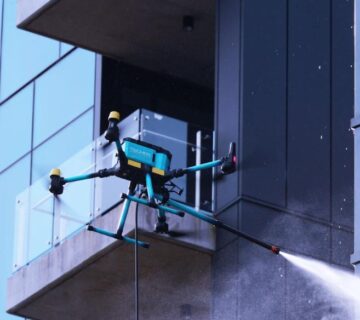
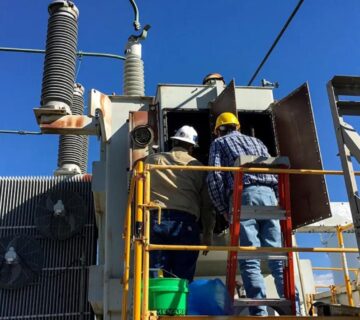
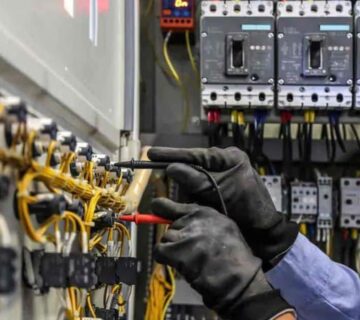
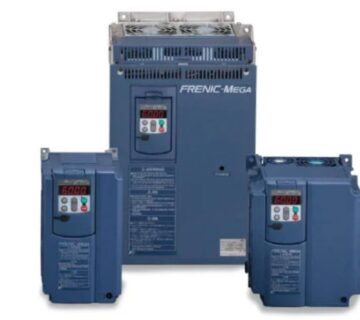
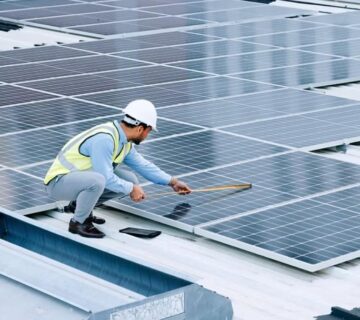

No comment